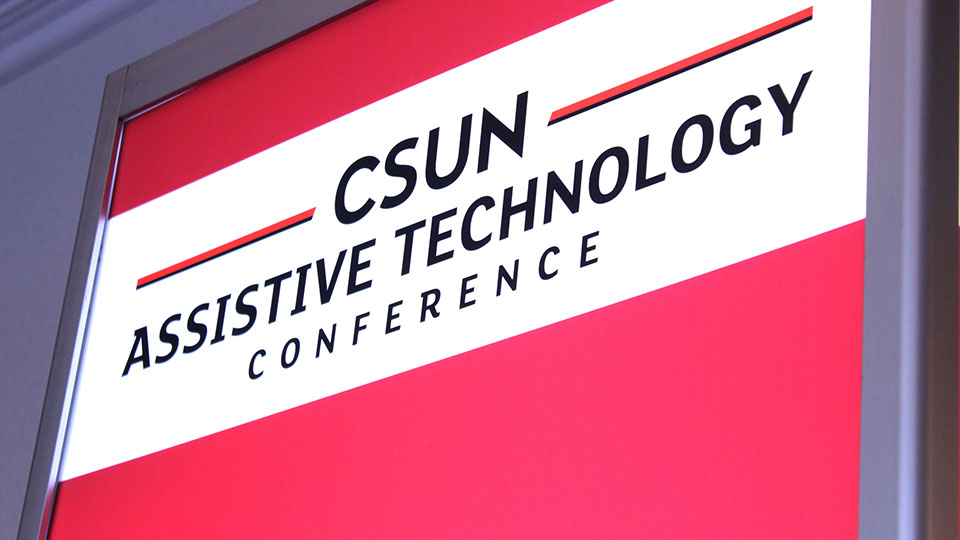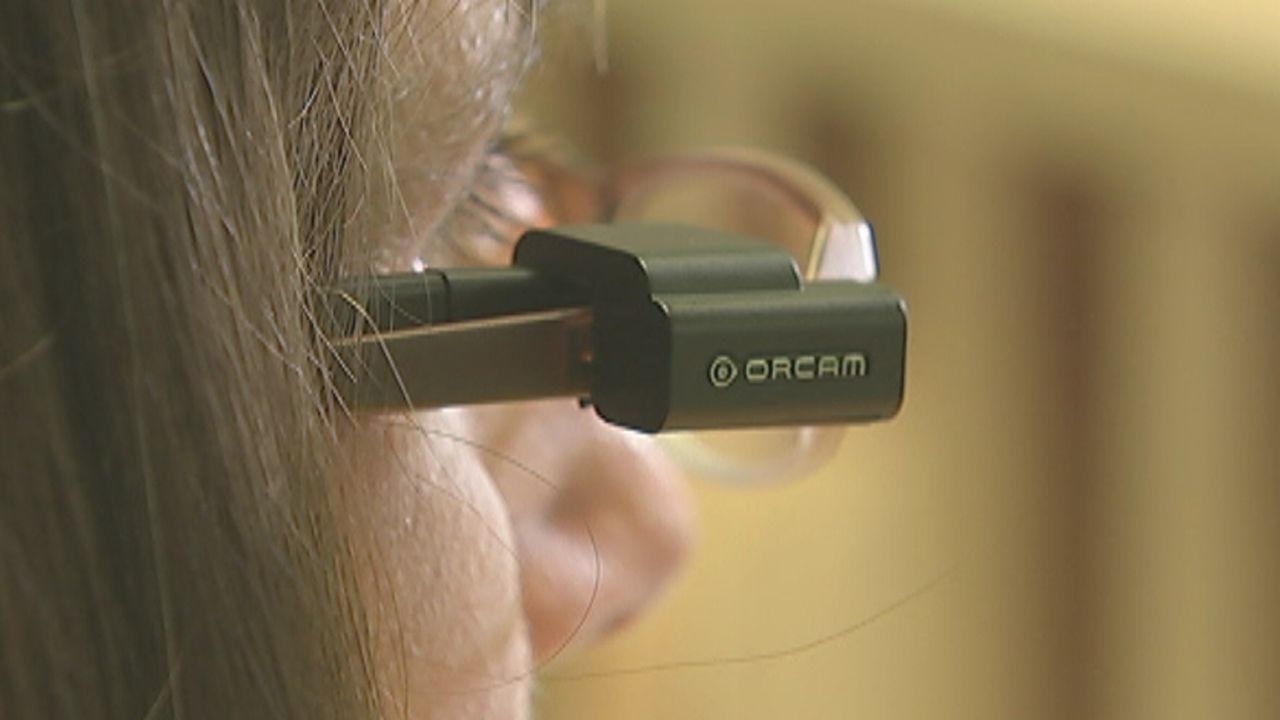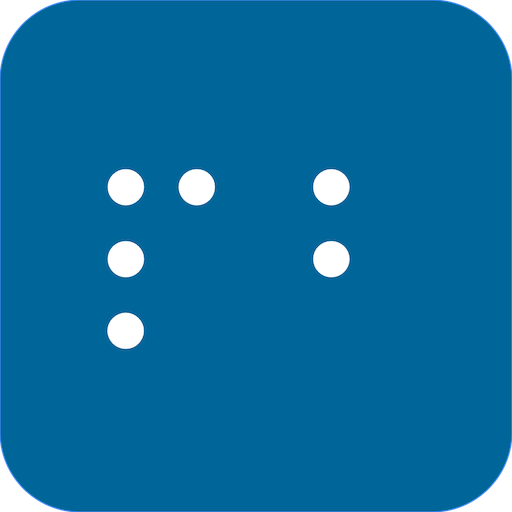Aira is a relatively new service that helps the blind navigate their environment and complete tasks by matching them with a trained agent. It has caused quite the stir in the blindness community, and we have heard a lot of success stories from Aira users who have utilized the service to accomplish a variety of tasks. With this in mind, I think it is time for us to find out if Aira is useful for those with low vision. For the purpose of this article, low vision refers to those with severe vision loss, but have enough vision to function with the use of a cane or guide dog, read a computer screen with magnification, and see an environment to know what is around them.
What is Aira
First, lets take a look at what it is and what it isn’t. Aira is a service that matches a person who is low vision or totally blind to a trained agent to complete tasks, or to assist with navigation-based needs. Aira is not the first service like this, but it is the first to build such a solution that works with eyewear. They started with Google Glass, and now offer their own glasses solution.
Keep in mind that Aira is a tool to enhance your independence. It will not replace your mobility tool, and a cane or guide dog will be necessary for safe navigation with the service. Also, Aira will not replace your computer or other office tools that are needed to complete tasks.
What Makes Aira Different?
Aira agents are extensively trained so explorers can complete tasks effectively. The explorer can control how much or how little information they receive from the agent. In my experience, the agents do a good job at determining how much information I need at each given time.
Drawbacks of Aira
Aira is an amazing service, but it has some drawbacks. The most significant drawback of Aira is the price. Plans start at $89 a month in the United States, and this plan gives you 100 minutes of use. Other plans are offered with more minutes; however, each plan gets more expensive as you go. Keep in mind that you are paying for Aira hardware and for minutes each month. The other drawback, in my opinion, is the current hardware itself. The glasses require a MIFI device to connect everything to your phone, and both the glasses and MIFI have to be charged for the user to use the glasses. Aira hopes to make this a more seamless experience with the unveiling of their new Horizon glasses. With that said, no solution is perfect, and I think that Aira has gone a long way to make a solution that is easy for people to use. The company hopes to make the service cheaper for explorers by adding site access to several places of importance.
Aira From a Low Vision Perspective
I have not met many explorers who have some sight, and this was my reasoning for writing about Aira from this perspective. I have had 20/800 vision all of my life, and assistive technology has been an integral part of my success. I personally believed that one should use technology that does not involve human interaction before the use of a service like Be My Eyes or Aira; however, after one week with Aira, I have changed my mind.
While working in the world of rehabilitation, I have found that people become dependent on their technology working a certain way. When the technology no longer works for the user, a person can’t adapt to the changes in technology, and that person is not able to stay competitive in the world of employment.
Aira does not replace your technology, and it is not a piece of technology which you will become dependent on. I like to look at Aira as the bridge to the visual world. Agents can easily and quickly give you the information you need to complete a task, or help you find your way without making you dependent on the service. In other words, Aira is just another tool in your toolbox.
As a low-vision explorer, Aira has enabled me to quickly complete tasks like identifying luggage quickly from a trip, verifying that clothes match for a business outing, or identifying which car is my Lyft. While these are all things that a person can do without the use of the glasses, I find that these tasks can be completed faster and more efficiently with an agent that is describing things to you.
One advantage that Aira gives to all explorers is agents learn how to work with you more efficiently as you use the service. Each time you use Aira, agents make notes on your profile so that other agents can have information available on how to help you get things done more effectively. I have found that the agents know that I am low vision based on my profile, and we are easily able to work together to get a task done. I connected to one agent while attempting to find bath soap at a convenience store. The agent pointed me in the direction of the brand I was looking for. I then put my hand on the box and the agent could tell me what variant the soap was. So while I could see the box and tell that it was the right brand once we found the brand, the agent could then direct me to find the soap I was looking for without saying what I needed or giving to much information.
Photography is a hobby of mine, and Aira can even help with this. Agents can take pictures of whatever the glasses or your phone sees. The agent can help get all possible faces in the frame. Agents can also assist with selfies. Once a picture is taken, the Aira agent can email you the picture so you can save it to your camera roll.
You can also use Aira to find hard-to-see items. An example of this could be if you have an item that blends in to its surroundings. You can describe the item to the Aira agent, and they can attempt to find that item.
Conclusion
Aira has proven itself to be a valuable tool for any blind or low-vision person’s toolbox. As I said earlier, I tried not to like this service as I believe that there should be technology to do what Aira does. I also felt that the price point per month was a bit expensive, but the truth is that Aira is worth every penny. The reason I say that is because of how trained the agents are. I always feel like the agents are there to help you get a task complete as quickly and efficiently as possible, while still being personable to each explorer.
I would like to challenge each and every one of you who are blind or low vision that reads this article to check everything out at Aira Io, and learn about this service. Go in to this experience with an open mind, and I think you will quickly find out how you can make even the basic Aira plan a part of your toolbox and be more effective and productive at your day to day tasks. We will soon have more Aira related articles, and the iACast network will soon feature an interview from Aira, and a dedicated podcast episode explaining how the service works.
Aira.io Website
Like this:
Like Loading...




